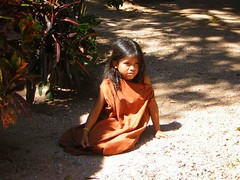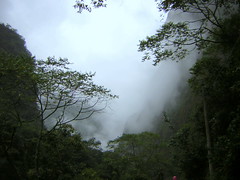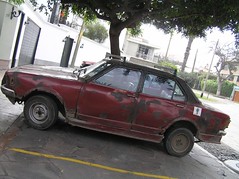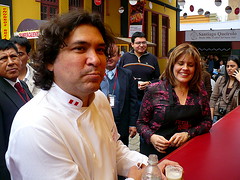Severed heads among discovery at Sacsayhuamán
Above the Inca capital of Cusco (Q’osco) sits the important ceremonial site and one of human-kinds most impressive constructions called Sacsayhuamán, which despite its global fame still offers up secrets to investigators. Yesterday the discovery was announced of three burials, one of which contained the severed heads of the Inca’s enemies.
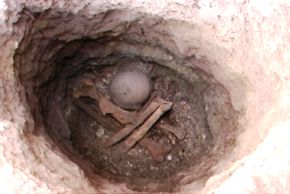
One of the tombs (ANDINA / F. Zora-C.)
The discovery was made within the archaeological park of Sacsayhuamán in the area of Qowikarana, under threat from illegal settlements of the city’s poor.
Chief on-site archaeologist Washington Camacho explains that three separate burials were found – one of an older man buried with a ceremonial knife, one of a young boy, and a third that is altogether more interesting.
In a giant urpu or raqui, Quechua for a large ceramic vessel, were three severed heads, accompanied by a pair of tikachamas (smaller vessels) and cochas (ceremonial plates).
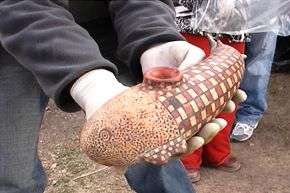
Amazing fish-shaped ceramic (ANDINA / F. Zora-C.)
The archaeologist explains the current hypothesis based on what we know about Inca society. Camacho explains that after some of the more difficult or notable battles, the Incas would decapitate their enemies to later use their heads as offerings in religious rituals.
“The heads belong to the Huarichacas, an ethnic group that tried to invade sacred sites in southern Inca territory”, he explains. His theory is that emperor Pachacútec ordered the decapitation of the leaders of the invasion.
Qowikarana
In this northern sector of the archaeological park, a number of big discoveries have been made in recent times. These include the discovery of nine tombs, two of children in faetal positions, who had also been sacrificed for religious ceremonies.
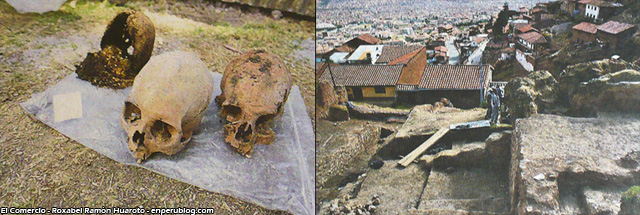
Also discovered were the remains of a series of mixed adobe-stone buildings and terraces that matched exactly a scale model found in rock nearby.
The area in which these discoveries were made is under serious threat as migrants to the city of Cusco illegally construct their homes within the protected area. It had been mostly unexplored since coming under supposed-protection decades earlier – when Cusco was the quiet sparsely populated town seen in the Charlton Heston movie Secret of the Incas (1954) – and has now been covered by shanty town, destroying or obstructing 95% of the area.
To completely restore the zone, including the re-purchase of erroneously titled stolen land, the authority that was supposed to protect it in the first place, Peru’s National Institute of Culture (INC), explains they need S/.10million, equivalent to $4million US. Despite the huge income from tourism in the region, corruption and stupidity keeps the money from going to where it needs to go. Instead, funds are put towards ridiculous plans to damage and exploit ancient sites further for monetary gain.
Other areas of the park yet to be explored are Pachacútec, Inca Montera, Siwina Cocha, Qosqolloq y Yauullipuquio.
Tags: cusco, INC, incas, invasiones, pachacutec, ruins, sacsayhuaman, tombs




